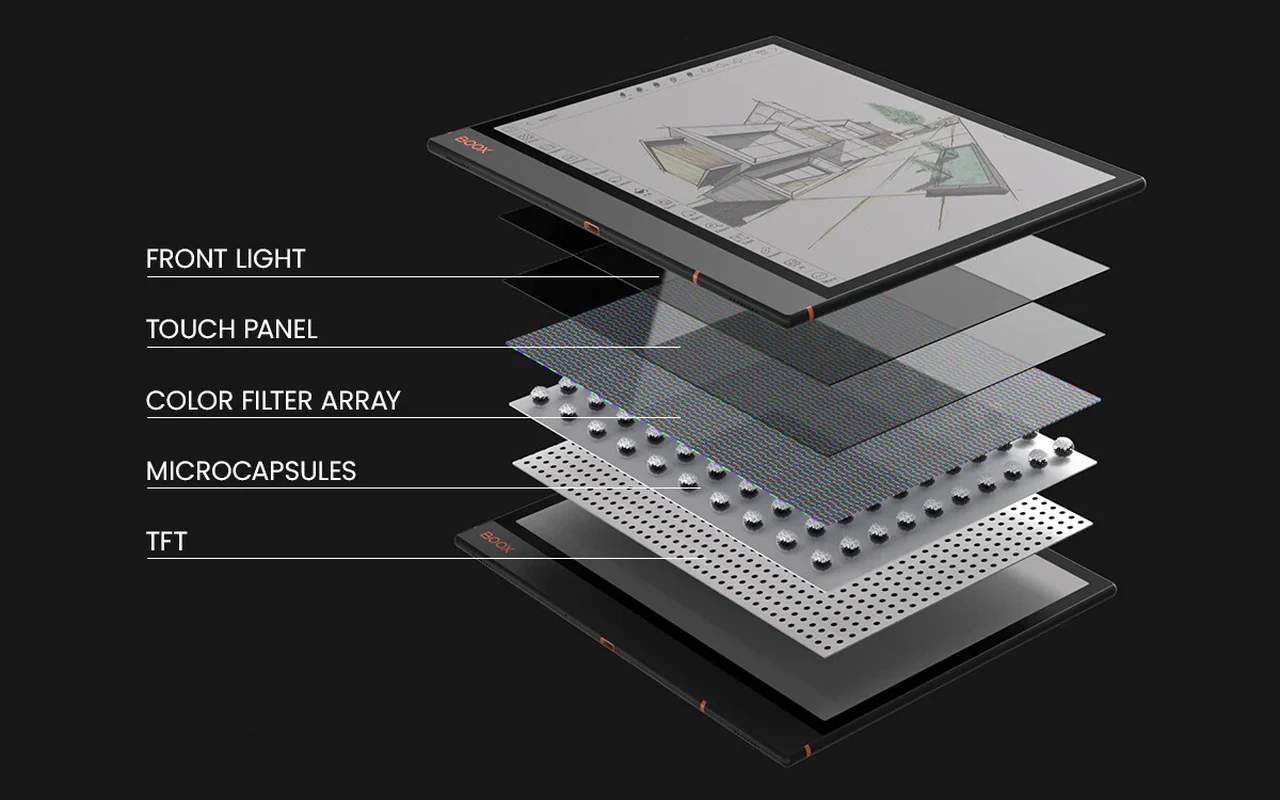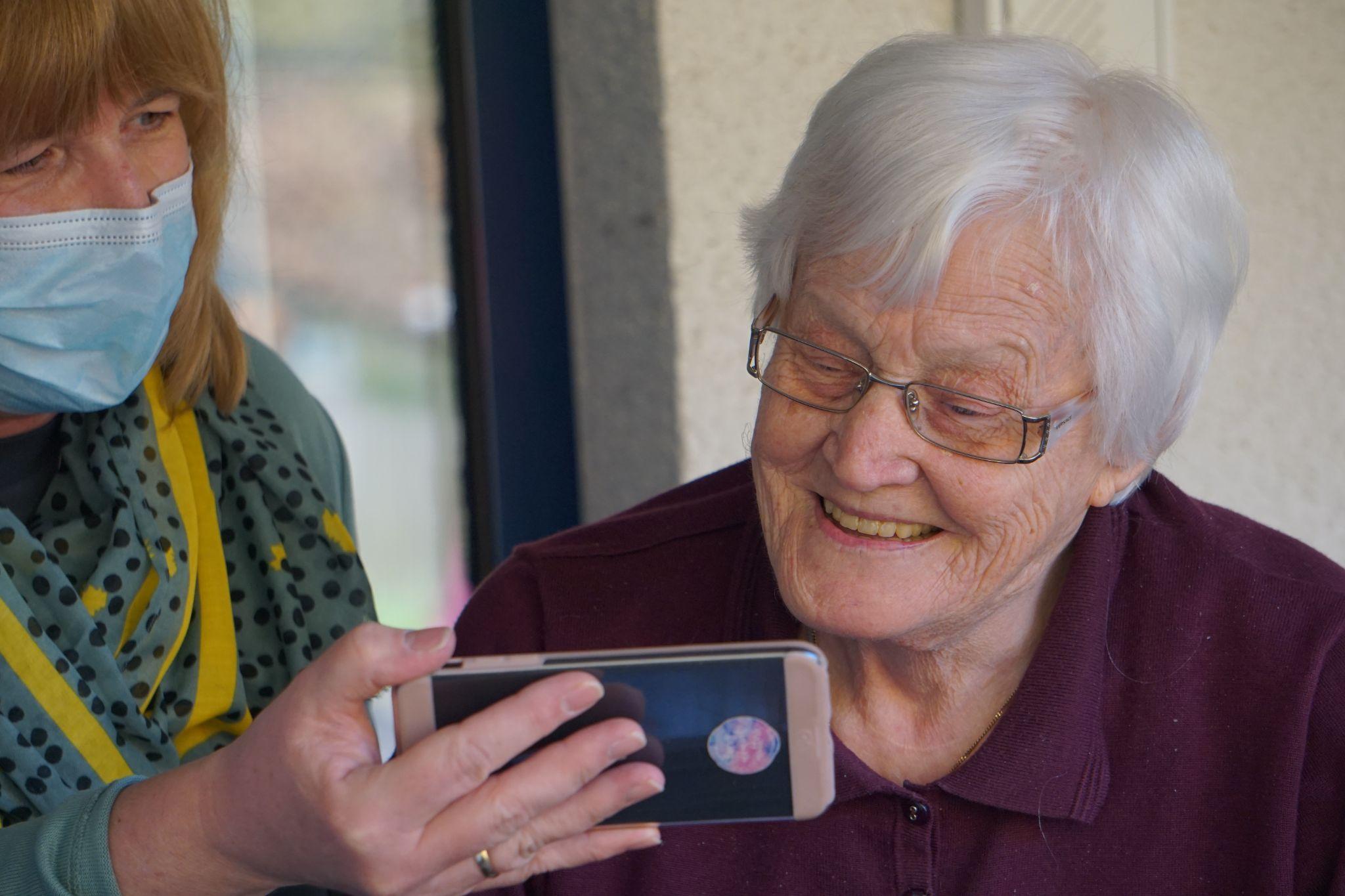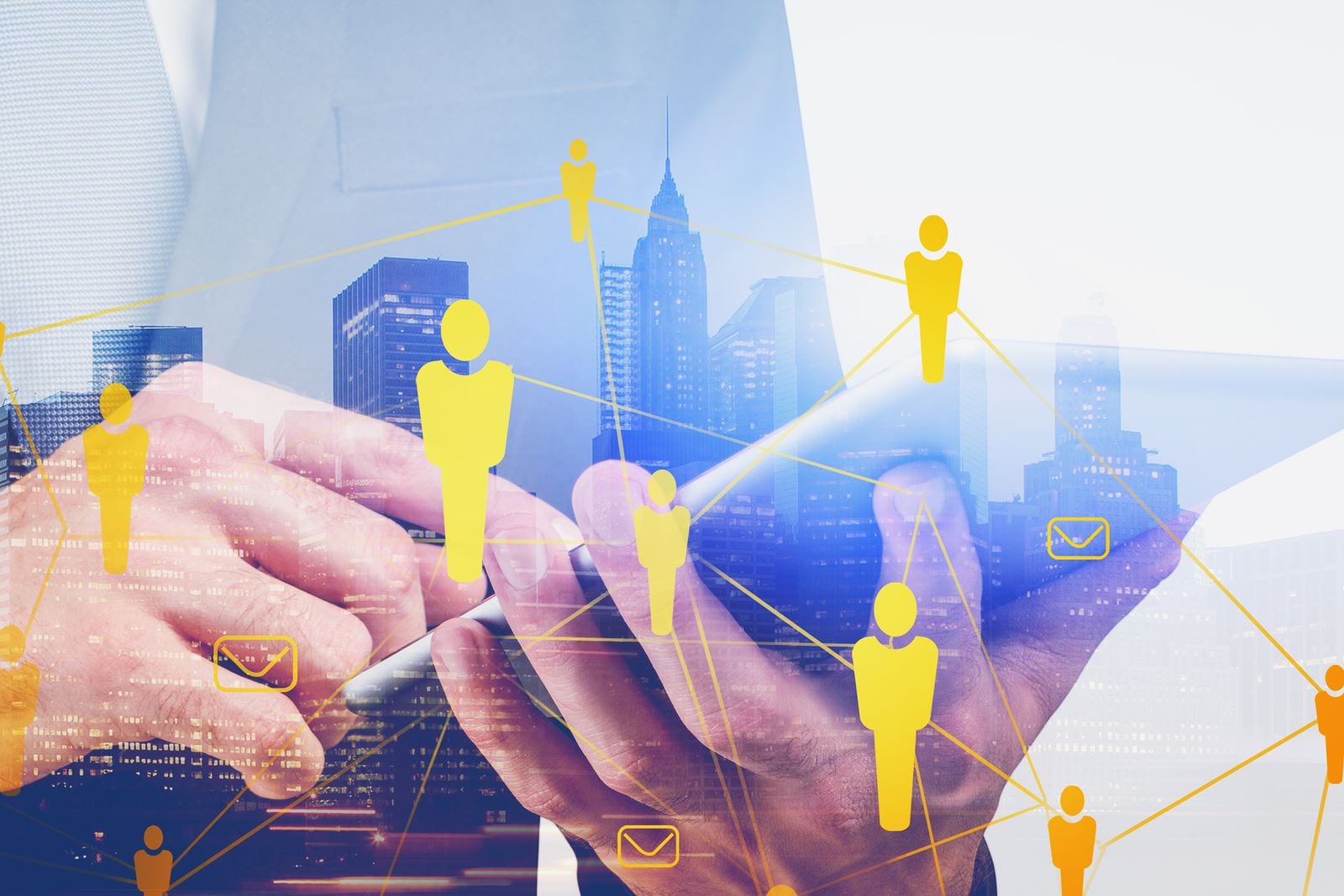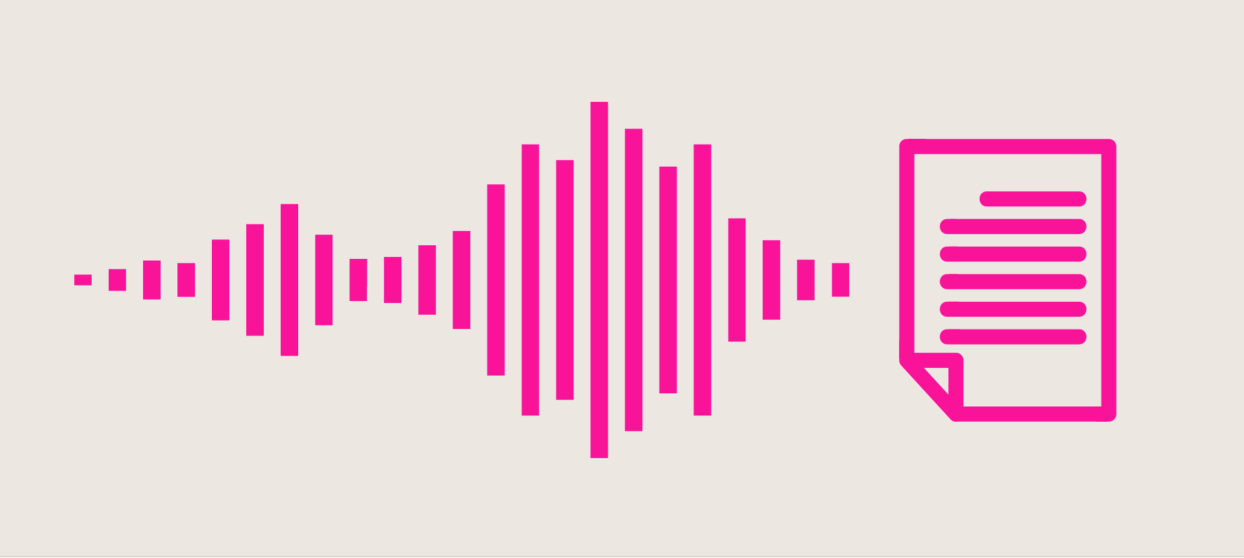The book discusses the various next-generations sustainable and climate technologies that can help humanity create a greener world. It also covers century-old green technologies that help fight global warming and environmental degradation.
Green technology involves a series of transitions from cutting emissions to becoming carbon negative and eventually building regenerative businesses that actively enhance the environment and rejuvenate ecosystems. It is also a key component in the transition to a circular economy, which involves reducing waste and reusing materials.
What exactly is green technology?
Green technology is a broad term that encompasses many different aspects of environmental sustainability. Specifically, it involves developing technology that minimises the use of harmful substances and processes. It also focuses on sustainable innovation that considers both short and long-term environmental effects.
For example, green energy technologies like solar panels and wind turbines can provide a clean alternative to fossil fuels. And other renewable energy sources, such as geothermal and tidal power, can reduce carbon emissions without harming the environment.
Other green technologies include organic farming techniques, alternative livestock feeds, and methane capture from cattle waste. By reducing or eliminating the use of chemicals, pesticides, and fertilizers, these innovations can help to improve the quality of soil, water, and air in local environments. They can also save money and boost productivity by lowering operating costs. Learn more about green technology here.
What is the difference between green tech and clean tech?
Green technology is a broad term that encompasses many technologies and solutions designed to minimize environmental impact. Examples include solar and wind energy, water filtration systems and transportation methods that reduce fuel consumption and emissions.
Clean tech, also known as cleantech, is a subset of green technology that focuses on reducing the negative impacts of human activity. This includes solutions such as renewable energy, carbon capture and storage, recycling and sustainable agriculture.
For example, DeepStream’s software allows users to manage tenders more efficiently by streamlining communication and minimizing the amount of time and energy spent on email threads and spreadsheets. This helps reduce the company’s carbon footprint and improves sustainability. It is an excellent resource for people interested in learning more about the importance of a greener world.
Green tech trends to watch in 2023?
As the world faces climate change and depletion of natural resources, green technology has become increasingly important. These technologies can help businesses reduce their carbon footprint and contribute to a healthier planet.
Many companies are focusing on green initiatives to meet the rising expectations of their customers, investors, and employees. This includes tracking their carbon footprint, adopting sustainable processes, and supporting sustainability projects.
Other green tech innovations include smart irrigation systems that optimize water use in agriculture and marine life protection. Technology is also being used to make solar energy more cost-competitive with fossil fuels. Finally, scientists are developing new ways to harness nuclear power. This could potentially replace conventional energy sources and reduce carbon emissions. This is an exciting area to watch. Some companies are even working on regenerative businesses that not only reduce emissions but actively enhance and regenerate ecosystems.
How to become an eco-friendly company?
As fuel prices increase and pollution levels rise, there is a greater need for businesses to implement greener technology. This includes harnessing natural energy through the use of solar panels, wind turbines, dams, and geothermal wells. By using these renewable resources, carbon emissions can be reduced and global warming slowed.
Many countries offer incentives to businesses that are eco-friendly or carbon-neutral. These can include tax deductions/increases or the bestowment of grants. Additionally, a business that wants to become more eco-friendly can benefit from the implementation of energy efficiency measures and by choosing suppliers that are environmentally conscious.
Companies should also track their carbon footprint, conduct life cycle assessments, go zero-waste, and report on Environmental, Social, and Governance (ESG) factors. Ultimately, the goal is to transition from merely reducing emissions to creating regenerative businesses.
What are the benefits of green technology for your company?
Whether you’re an energy-intensive company that uses fossil fuels or a software-as-a-service business that runs on renewable electricity, there are many ways your business can benefit from green technology. For starters, it cuts costs and improves efficiency. You can also take advantage of government incentives and enjoy favorable Environment, Social and Governance (ESG) ratings.
Green tech also helps to minimize pollution and prevent climate change. It provides solutions like air and water filtration systems and methods for repurposing or recycling industrial waste.
In short, it offers new processes and workflows that can stop the degradation of nature at the rate we currently see. The best way to benefit from green technology is to look for eco-conscious suppliers and invest in the right hardware and services.
Greenly is carbon accounting software that helps companies calculate, reduce and offset their emissions. The company offers a simple, accessible and automated approach to managing carbon footprints across a range of industries, including retail, manufacturing, logistics, IT and finance.
With a goal to help businesses understand their own impact and improve their sustainability, Greenly allows them to gather data directly from their accounting systems, bank accounts and other online services. This enables them to estimate their carbon footprint and to start reducing it from the simplest actions such as buying less paper or commuting by bike.
Aside from allowing them to collect the necessary data, Greenly also makes it possible for users to visualize and analyze their carbon footprint. This enables them to identify their main points of improvement, as well as measure the impact of their initiatives. For example, a business can compare its annual carbon dioxide emission with the average for a similar size of business in their sector, and then use this information to plan future reduction goals.
Greenly was recently selected among the FrenchTech Green 20 and raises $23M from XAnge, Energy Impact Partners and several business angels. The company has created a software-as-a-service solution to help small and midsize businesses (SMEs) with their carbon management.
Greenly teams started by using HubSpot’s free CRM and found it helpful in developing the commercial impact of their product and precisely defining its target market. Thanks to content production and a strong emphasis on customer satisfaction, they have been able to increase MQLs, optimize conversion rates and boost their pipeline. This has helped the company grow rapidly and maintain a high level of transparency for all staff.
A robust and streamlined way to track and manage company emissions, carbon management software helps businesses reduce their greenhouse gas (GHG) footprints. It allows users to identify emissions hotspots and develop plans for reducing them, thereby achieving their targets or even going net zero. A typical tool is a cloud-based, comprehensive platform that offers accounting automation for data management, analysis and reporting. This typically covers all operational carbon accounting activities like building energy use, GHG emissions from purchased goods and services, business travel, employee commuting and others.
While there are dozens of carbon management software tools on the market, some stand out from the rest for their quality and features. To make an informed decision, companies should assess their requirements and shortlist software that meets them. For instance, they should be able to provide them with the itemized carbon inventory as well as reporting templates required by their disclosure and target setting bodies.
Another factor to consider is the experience and partnerships of the development team behind a carbon management tool. Those with extensive industry expertise and a strong commitment to carbon accounting best practices are more likely to deliver reliable results that are ready for auditing. Moreover, they are also more likely to have a clear roadmap for continued evolution of their products and be able to support their customers in reaching their GHG emissions control goals. In addition, they should be able to offer tailored support for each client depending on their location, size, and needs.















